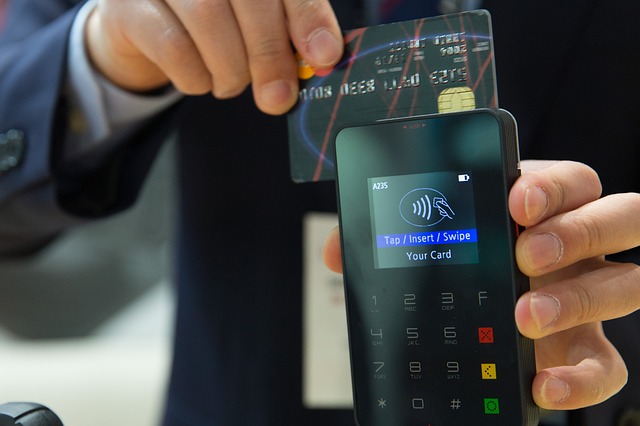Written by Dominique Lamb, CEO, NRA
Adding a surcharge to card payments is a contentious business practice. Generally speaking, it needlessly annoys customers and compromises loyalty to your business. That’s why most businesses don’t surcharge.
From September 1 this year, the Reserve Bank’s new surcharging rules will apply to small and medium-sized businesses. The rules are intended to prevent excessive surcharging, so if a business chooses to surcharge, the amount of the surcharge can only cover the costs of accepting that card. The new rules also limit what can be counted as an acceptable cost.
From the Reserve Bank’s perspective, the surcharge acts as a price signal, flagging the costs involved in accepting that form of payment, and – at least in theory – directing consumers to choose the way to pay with the lowest cost.
 The new rules work to highlight the higher cost of accepting some types of cards over others, and require the minority of businesses that choose to surcharge, to apply different surcharges to reflect the different cost of acceptance between different card types. Or, if a business wants to have one surcharge across all types of cards, the surcharge must be set at a rate that covers the cost of accepting the lowest priced card type only. Your acquirer or payment facilitator will have to give you a statement that sets out the average cost over the month and the previous year for each card type covered by the new rules.
The new rules work to highlight the higher cost of accepting some types of cards over others, and require the minority of businesses that choose to surcharge, to apply different surcharges to reflect the different cost of acceptance between different card types. Or, if a business wants to have one surcharge across all types of cards, the surcharge must be set at a rate that covers the cost of accepting the lowest priced card type only. Your acquirer or payment facilitator will have to give you a statement that sets out the average cost over the month and the previous year for each card type covered by the new rules.
But, what is sometimes forgotten is that there are costs involved in all forms of payment. Take the example of cash. Accepting cash isn’t “free”, as there are significant costs associated with cash handling, security and potential losses, but these costs are harder to quantify, so are simply rolled into the retail price paid by all consumers.
Unlike some other payment methods, card payments provide a tremendous amount of value that counteracts the cost of acceptance. As an example, for businesses, accepting cards saves time and money by making administration easier, and by reducing the expensive risks of theft and loss associated with dealing in cash. Accepting cards also means that customers are not restricted by the amount of cash they have on them at the time, and so are able to buy more because of the freedom to use a card to pay.
Increasingly, Australian customers also expect to be able to pay by card, even for low-value purchases like a coffee or a litre of milk. Recent Reserve Bank data shows more than half of all payments made in Australia are now by card. Cash use is in decline, down to just 37 per cent of all payments, while the amount of cash being withdrawn from ATMs is at record low levels. Reading these trends together, it’s clear that today’s consumers carry less cash, not because they are buying less, but because they expect to be able to pay by card.
As technology reshapes how, when and where we shop, customers’ expectations about paying by card are a critical input into business decision-making. For businesses, the question is whether it’s worth the risk of annoying customers and potentially losing business to their competitors who don’t surcharge, given the value generated by improved efficiency and reduced operating costs derived from accepting card payments.


